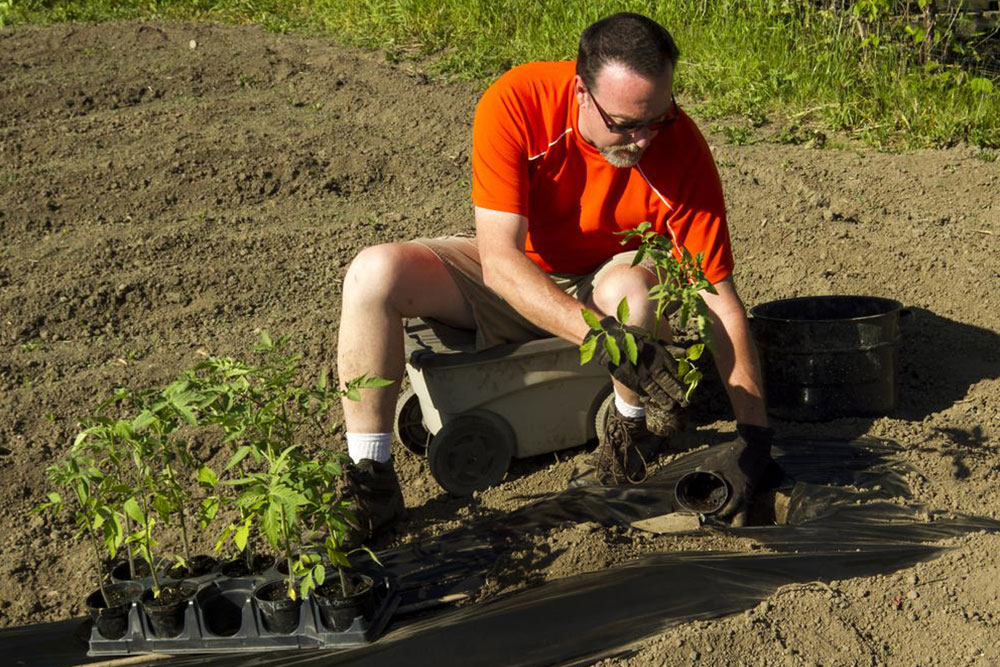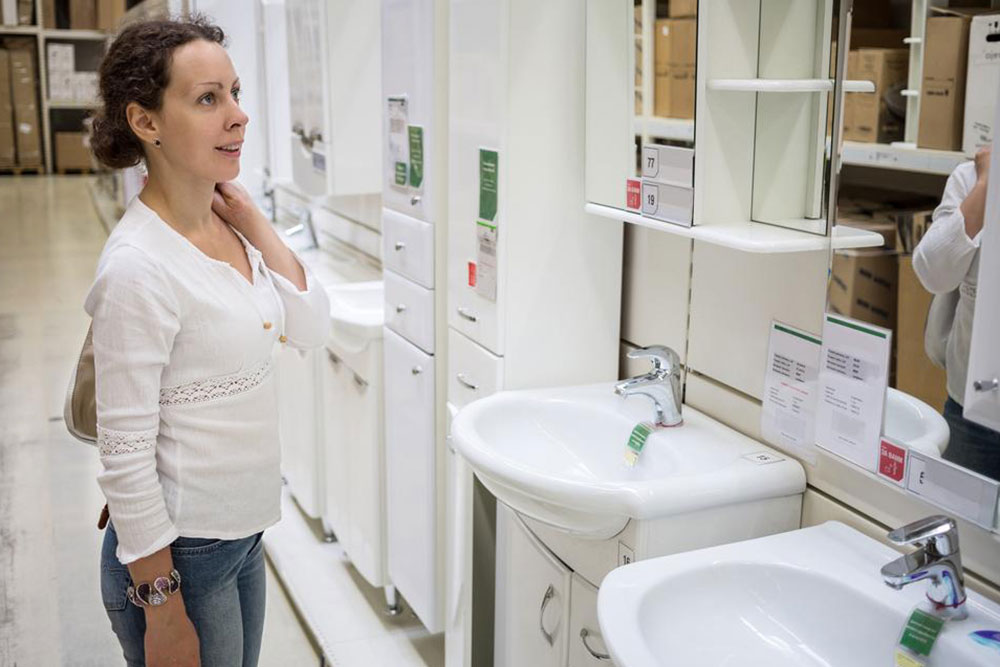Understanding Plant Hardiness Zones for Gardening Success
Learn about plant hardiness zones and their importance in successful gardening. Discover how temperature ranges define regions, guiding plant selection based on their ability to survive in specific climates. Understanding zone distinctions helps gardeners optimize plant health and productivity while considering factors like snow insulation and plant tags for proper identification.

Understanding Plant Hardiness Zones for Gardening Success
Hardiness zones are geographic regions defined by temperature ranges, indicating which plants are likely to thrive there. These zones, created by Harvard's Arnold Arboretum and the USDA in 1960, assist gardeners in selecting suitable plants for their climate. Zones are spaced six degrees apart, with colder regions in the north and warmer ones in the south. For example, Zone 1 experiences temperatures around -45°C, while Zone 11 reaches up to 51°C. Note, snow cover can insulate plant roots, affecting survival. Plant tags often specify their hardiness zones, guiding planting choices for optimal growth.
While hardiness zones provide valuable data, they don’t account for factors like day length or snow cover insulation. Different plants are suited for specific zones, and knowing these helps gardeners avoid plant loss. For instance, plants labeled for Zone 3-7 should be planted within those zones to ensure survival. Some tags may specify multiple zones, indicating a plant's adaptable temperature range. Proper zone understanding is crucial for successful gardening and crop cultivation.
Disclaimer:
The content on this site offers practical gardening insights based on research, but it should not replace professional advice. Data accuracy may vary, and readers should consider local conditions. The site may not include all available resources or schemes beneficial for gardening success.










